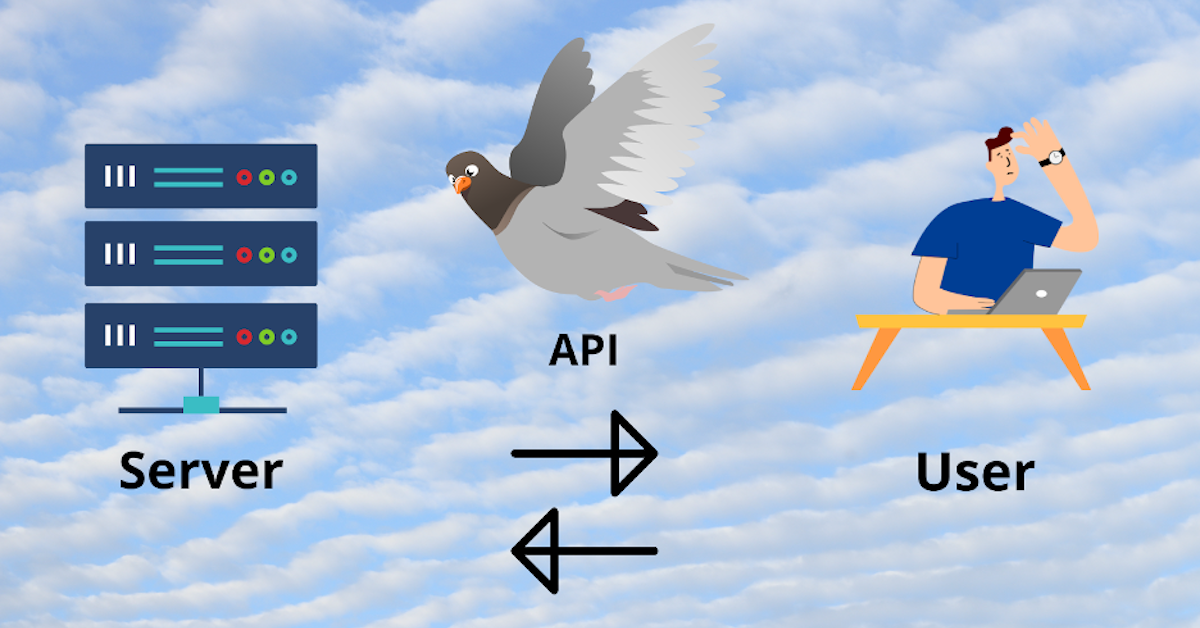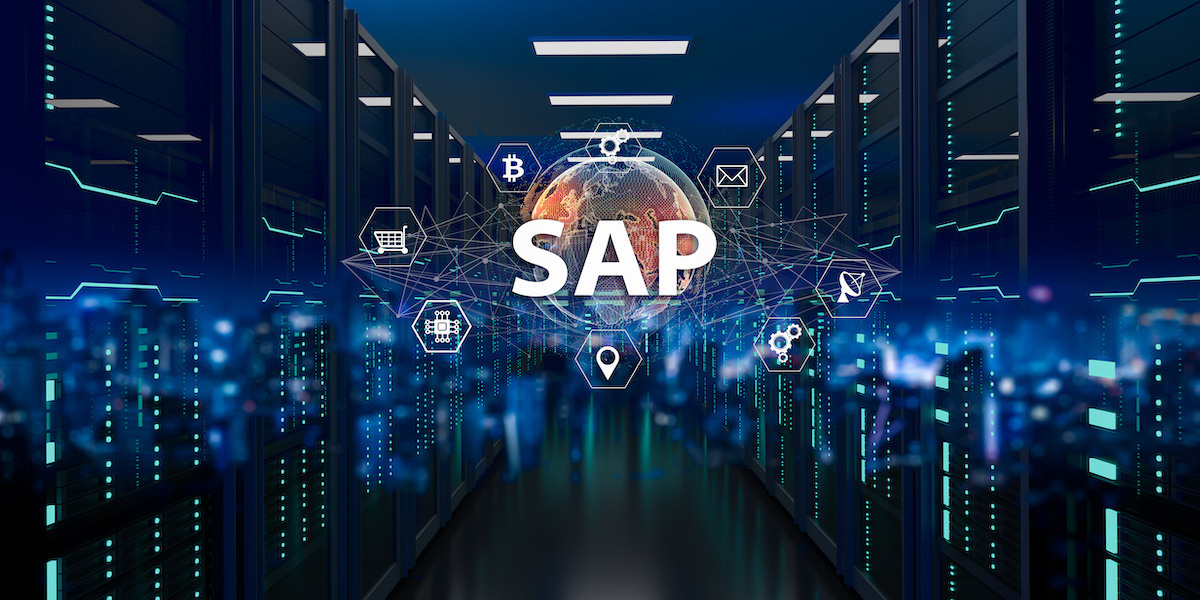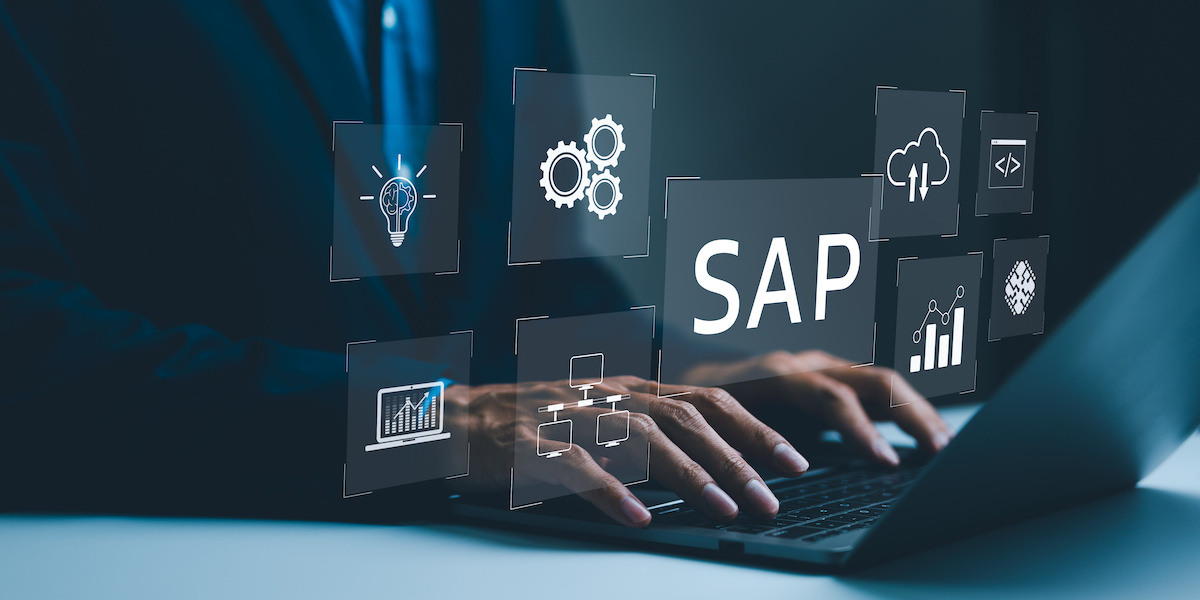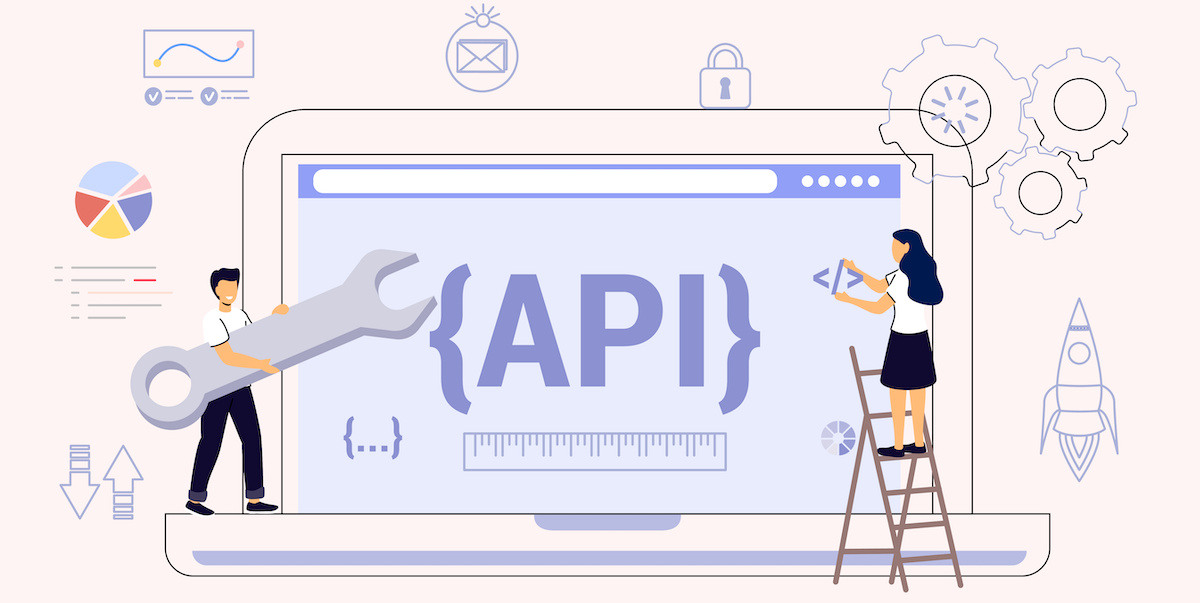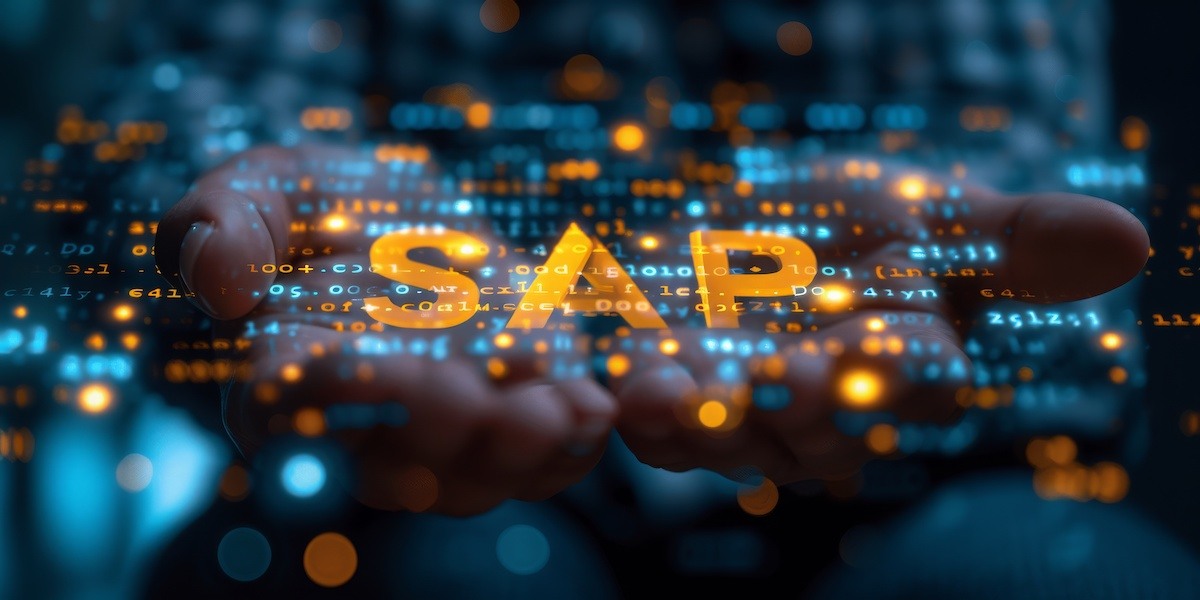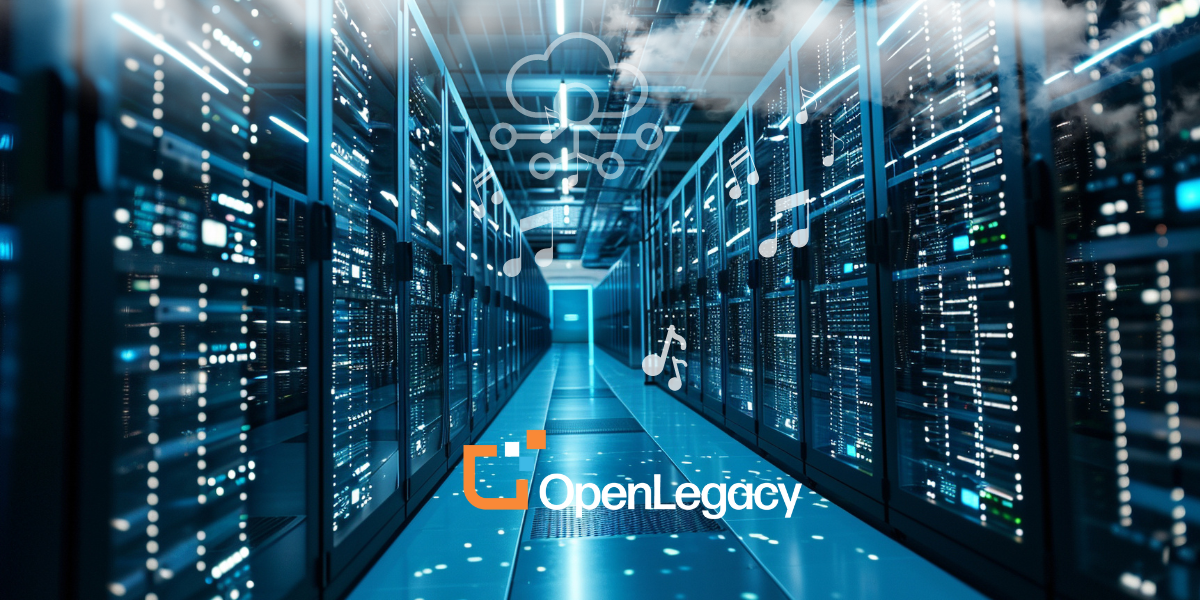Software Integration: Methods, Patterns, and a Safer Path From Legacy to Cloud
Businesses, and particularly enterprises, tend to have a sprawling selection of software solutions that each play a part in keeping day-to-day operations running. Software integration is a valuable fi...




